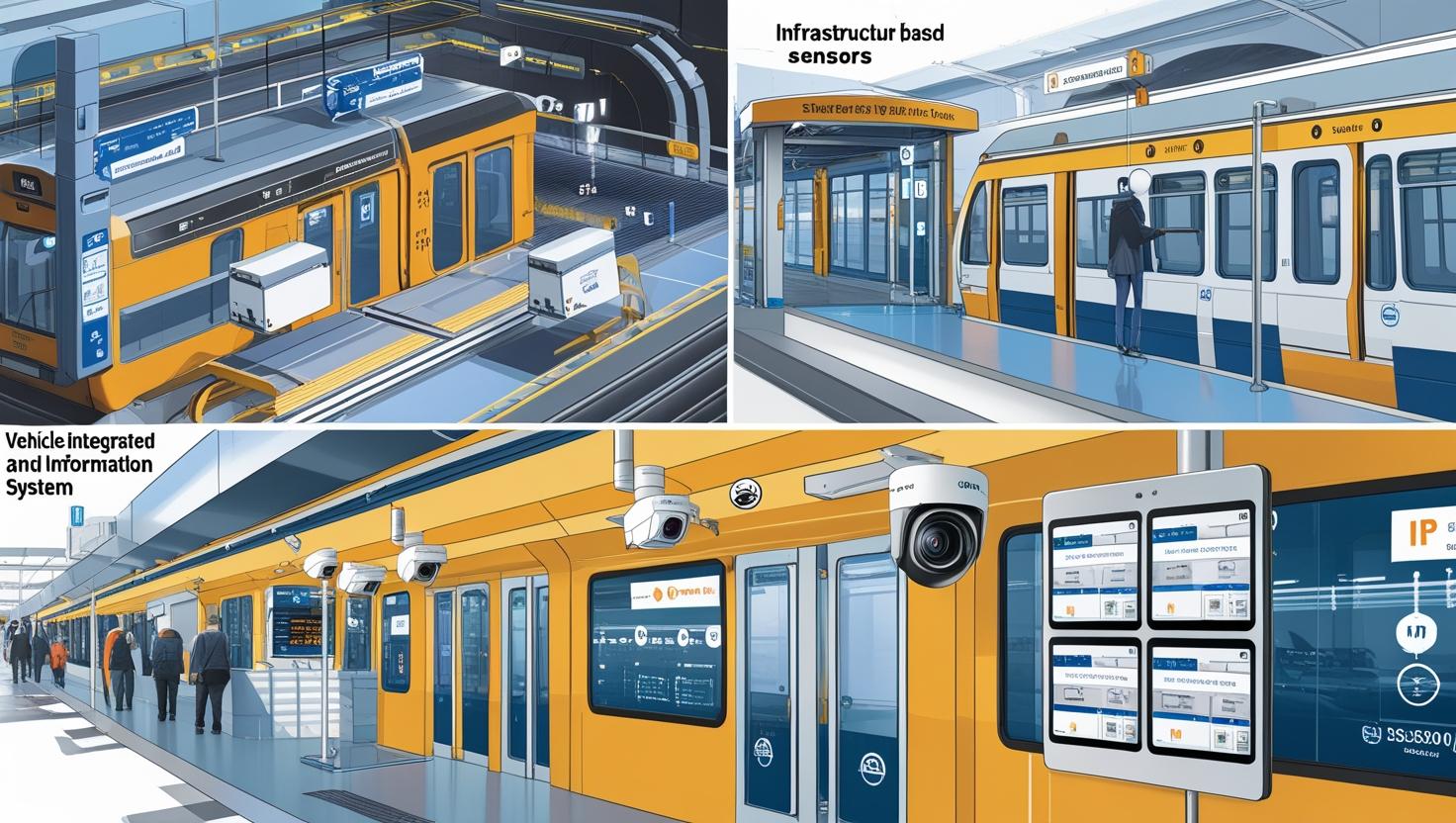The transportation industry is undergoing a digital revolution, and at the forefront of this transformation is the Automated Passenger Counting (APC) and Passenger Information System (PIS) market. As global cities strive to make public transportation smarter, safer, and more efficient, automated data and real-time communication tools are becoming indispensable. The APC and Information System industry is poised for significant growth by 2030, fueled by increasing demand for intelligent mobility solutions, urban population growth, and sustainability goals.
The Role of APC and Passenger Information Systems in Smart Transit
Automated Passenger Counting systems are designed to accurately track the number of passengers boarding and alighting from buses, trains, trams, and other public transit modes. Using technologies such as infrared sensors, 3D video cameras, and AI-driven analytics, these systems provide real-time occupancy data. This information is crucial for route optimization, capacity planning, and fleet management.
Passenger Information Systems, on the other hand, deliver timely updates to riders through digital displays, mobile apps, and onboard announcements. These systems enhance the passenger experience by providing real-time information on arrival times, service changes, and disruptions—helping riders make informed travel decisions.
When integrated, APC and PIS technologies enable transit agencies to create data-driven, responsive, and user-centric transportation networks.
Automated Passenger Counting and Information System Market Growth Drivers
Several key factors are contributing to the rapid expansion of the APC and Information System market:
1. Urbanization and Public Transit Demand
As urban populations swell, the need for efficient and scalable public transit becomes urgent. Cities across the globe are investing in smart transportation infrastructure to reduce congestion, carbon emissions, and operational inefficiencies. Automated passenger monitoring and information dissemination are core components of these initiatives.
2. Technological Advancements
Breakthroughs in sensor accuracy, machine learning, and edge computing are significantly improving the precision and functionality of APC systems. Likewise, cloud-based PIS platforms now offer seamless integration with GPS tracking, fare collection, and mobile ticketing systems, creating an interconnected ecosystem that benefits both operators and commuters.
Download PDF Brochure @ https://www.marketsandmarkets.com/pdfdownloadNew.asp?id=17856390

3. Policy and Sustainability Initiatives
Governments and transportation authorities are setting aggressive targets to cut emissions and transition to cleaner, smarter transit systems. Real-time passenger data enables better planning and optimized vehicle utilization, directly supporting these sustainability objectives. Additionally, public funding and smart city programs are fueling adoption of these technologies, especially in Europe, North America, and parts of Asia-Pacific.
4. Post-Pandemic Transit Trends
The COVID-19 pandemic heightened the need for crowd management and real-time occupancy data. Even in the post-pandemic era, safety and transparency remain priorities. Passengers now expect live updates on vehicle capacity to maintain comfort and social distancing, making APC systems more relevant than ever.
Industry Segmentation and Key Applications
The market is segmented by technology (infrared, stereoscopic vision, time-of-flight sensors, etc.), application (bus, rail, ferry), and end-user (public transport agencies, private operators, OEMs). Among these, rail and bus networks represent the largest users of APC and PIS solutions, with increasing adoption seen in metros, trams, and commuter rail systems.
Smart transit solutions also find growing application in multimodal mobility platforms, where passengers switch seamlessly between various transport modes using unified apps and payment systems. Accurate passenger data becomes vital in these contexts for ensuring smooth interconnectivity and timely transfers.
Competitive Landscape and Innovation
The market is increasingly competitive, with established players such as iris-GmbH, Eurotech, INIT, Clever Devices, and DILAX expanding their product lines with AI-enhanced systems and modular software platforms. New entrants, particularly in software and data analytics, are also making headway by offering customizable cloud-based services that integrate with existing transit IT infrastructures.
Innovation is centered around:
-
Sensor fusion for higher accuracy
-
Predictive analytics for route and vehicle demand forecasting
-
Edge AI for onboard processing and real-time decision-making
-
Mobile-first passenger interfaces with customizable alerts and travel planning tools
Market Forecast and Outlook to 2030
The automated passenger counting and information system industry is projected to grow from USD 9.70 billion in 2025 to USD 14.80 billion by 2030, growing at a CAGR of 8.8% from 2025 to 2030.. The Asia-Pacific region is expected to experience the fastest growth, driven by rapid transit expansion in China, India, and Southeast Asia. Meanwhile, Europe and North America continue to lead in innovation and system integration, particularly through smart city initiatives and green mobility mandates.
As governments and private operators alike prioritize data-driven decision-making and enhanced rider satisfaction, APC and PIS solutions are set to become a cornerstone of the modern transportation network.
The Automated Passenger Counting and Information System market is no longer a niche segment—it’s an essential component of the smart, connected, and sustainable transit systems of the future. By providing accurate passenger data and delivering real-time updates, these technologies are helping reshape urban mobility around the world. As the industry scales through innovation and policy support, its impact on the daily lives of millions of commuters will only grow stronger by 2030.
